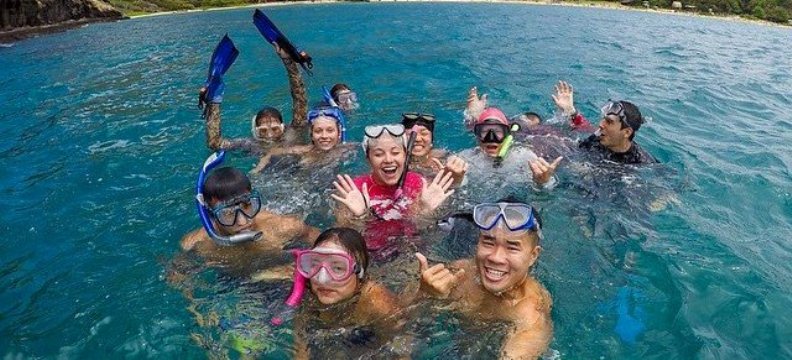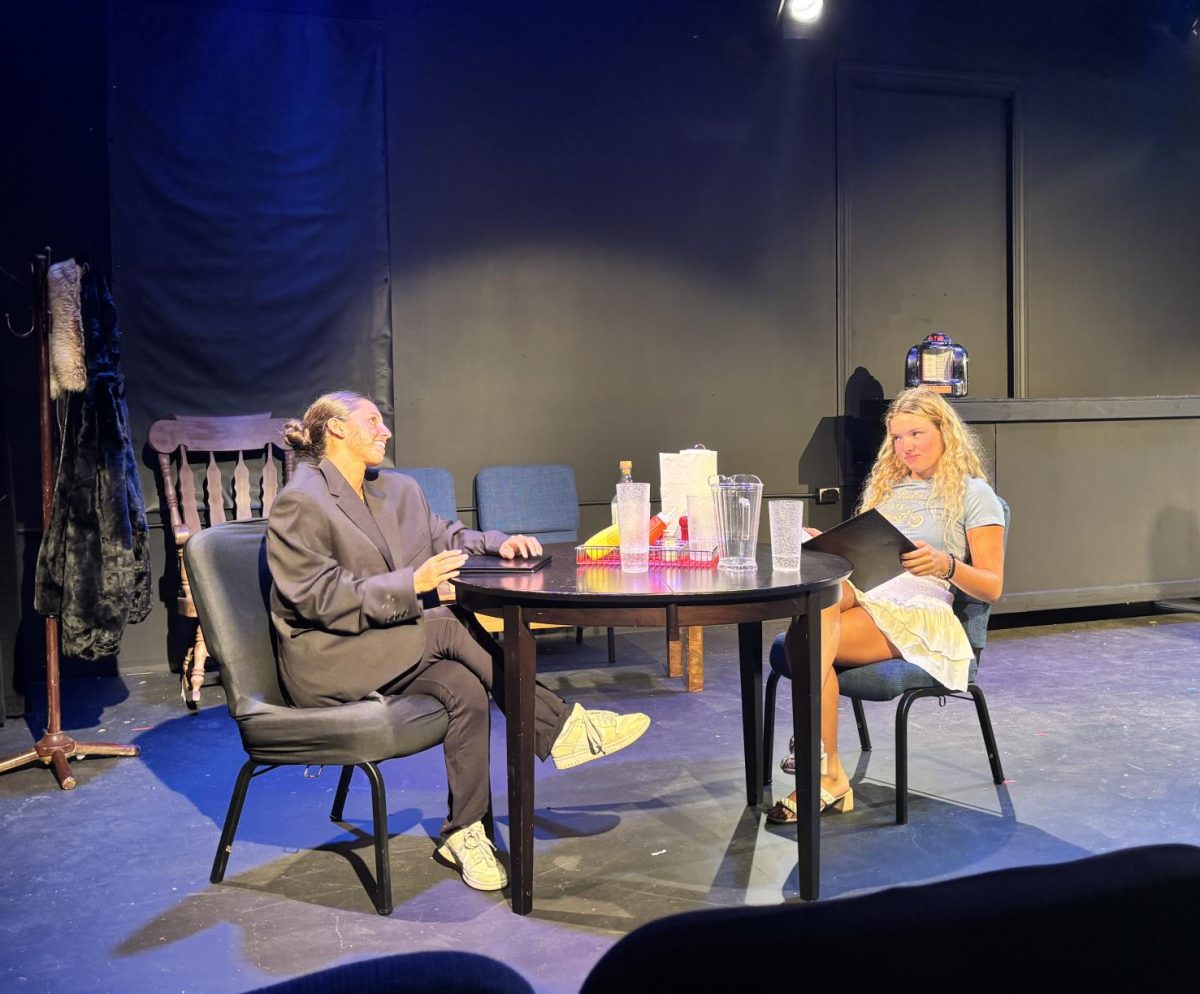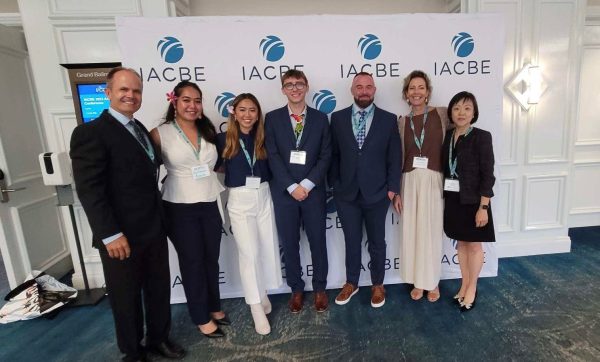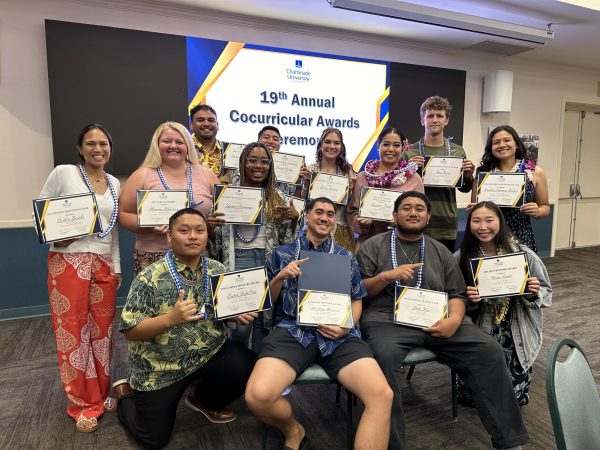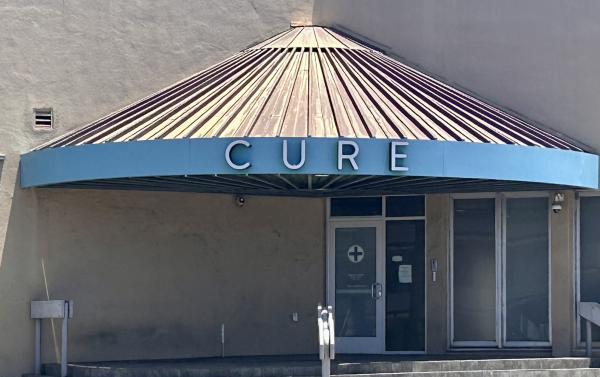Papahanaumokuakea: the Environment vs. the People
November 22, 2016
Papahanaumokuakea Marine National Monument is the largest contiguous fully protected conservation area under the U.S. flag and the largest protected area in the world. The Marine National Monument was established under former President George W. Bush’s administration on June 15, 2006. The monument itself is 583,000 square miles, which is twice the size of Texas, thanks to the expansion that took place in August by President Obama, and it encompasses the Northwestern Hawaiian Islands.
The most prominent discussion point to this day about the expansion of the marine reserve is whether or not the expansion will disrupt the prominent fishing industry of Hawaii, challenging the argument on whether or not it is an environmental progression or a business issue.
Dr. Gail Grabowsky, an environmentalist and professor at Chaminade University, is encouraged by the recent expansion.
“In 1998 the reserve was protected 50 miles out, George [W.] Bush declared it a national marine monument and that gave it extra protection,” said Grabowsky. “Then it got made a world heritage site, I think in 2005 or 2006? And it’s one of the only world heritage, cultural and biological. A lot of world heritage sites are cultural, like Taj Mahal, or they are totally biological. So this one is both, which is cool.”
Grabowsky goes into further detail saying that no fishing is allowed as of now within the protected area, but before the expansion fishing was different.
“Not a whole lot gets caught in that zone, sometimes 5 percent, sometimes 8 percent,” she said of the fishing that happened in the waters that were part of the expanded reserve. “It wasn’t like they caught all their fish in there and would have to go to new waters. … So what’s going to happen [is] the yellowfin tuna might reproduce in the reserve.”
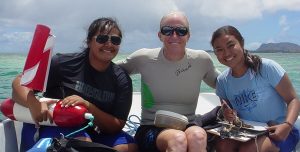
Curtesy of Gail Grabowsky
Grabowsky emphasizes the fact that with these waters are put aside as reservation space, that the fish and their offspring will thrive and spill over the protected barrier and increase the catch for fishermen.
Unlike Grabowsky, Jim Cook, a commercial fisherman and owner of POP Fishing and Marine, had different sentiments regarding the expansion of the marine reserve.
“As an industry, we are very unhappy with the expansion,” he said. “We consider it a terrible thing that the United States closes off its own water to its own fishermen. When you’re fishing, in a wild capture fishery, you need the opportunity to go where the conditions are right and where the fish are. It’s not that the other fish just hang around in one certain place. When you lose half a million square miles of ocean to fish in, it’s a big deal. … Every day that we can’t fish there is an immediate impact. When the monument was suggested, there is no science. The only science that exists in the area is the fishing of National Marine Fishery Service, and they say that excluding American fishermen from the monument will have no noticeable effect on the sources on the monument. … You’re going to loose 10 percent of sales… We have a fishery who’s net effect on the marine monument cannot be measured. … There is very little logic and lots of emotion that plays into it [expansion of the marine reserve].”
The name Papahanaumokuakea was inspired by the mother goddess of the Earth Papahānaumoku, and her husband Wakea father and god of the sky.
